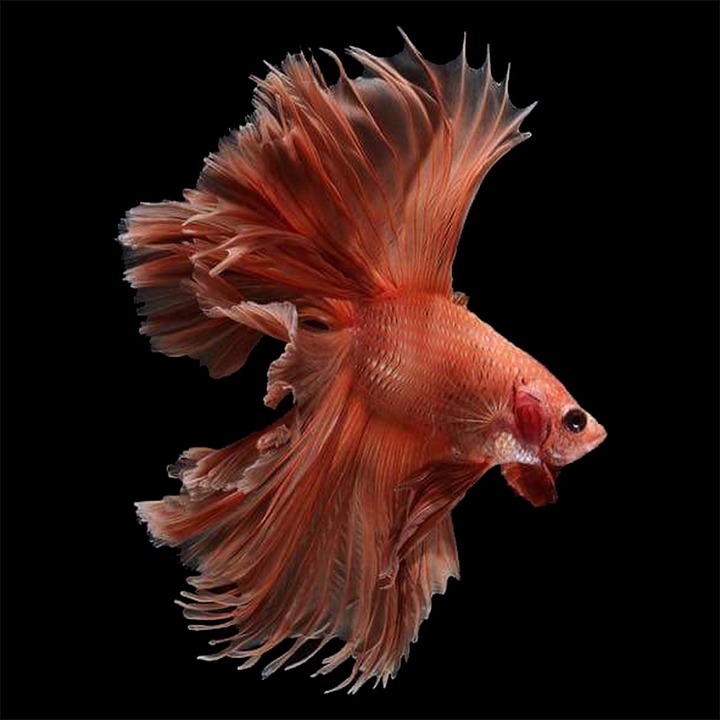Fish behavior is a critical element in the world of fishing. Knowing how fish behave and understanding the factors that influence their behavior can greatly improve your angling experience. One important aspect of fish behavior is their preference for hiding spots. In this article, we will explore the significance of hiding spots for fish and how you can use this knowledge to enhance your fishing game.
Hiding spots play a vital role in fish behavior for several reasons. Firstly, fish rely on hiding spots as a natural instinct for survival. Camouflage and protection from predators are essential for their survival in the wild. By using hiding spots, fish can blend into their surroundings and avoid detection from their predators. This ability to hide effectively increases their chances of survival.
Additionally, hiding spots are crucial for fish when it comes to ambush predation and hunting tactics. Many fish species are known to utilize hiding spots to lie in wait for their prey. By remaining hidden and motionless, they can surprise their unsuspecting victims and secure their next meal. Hiding spots provide a strategic advantage for fish when it comes to hunting and capturing their prey.
Hiding spots also play a significant role in fish reproduction and spawning behavior. Many fish species engage in nest building and require specific hiding spots for breeding grounds. These hiding spots provide a safe and protected environment for fish to lay their eggs. Additionally, once the eggs hatch, the hiding spots offer protection for the young fish, ensuring their safety and survival.
Identifying ideal hiding spots is crucial for successful fishing. Underwater structures and cover are prime locations for fish to hide. Submerged rocks and boulders provide hiding spots and offer protection from predators. Fallen trees and brush piles create intricate hiding spots that fish can utilize. Aquatic vegetation and weeds also serve as excellent hiding spots for fish.
Depth and temperature considerations are also important when identifying hiding spots. Fish have specific comfort zones and prefer certain temperature ranges. Understanding thermoclines and the ideal water temperature can help you pinpoint the best hiding spots for fish. During hot seasons, fish tend to seek out cooler water, while during cold seasons, they prefer warmer water.
Utilizing hiding spots effectively can greatly improve your fishing success. When it comes to lure presentation techniques, targeting specific hiding spots is essential. By casting your lure directly into these spots, you increase your chances of enticing a strike. Additionally, mimicking prey behavior with your lure can make it more appealing to fish hiding in these spots.
Time of day and seasonal factors also come into play when utilizing hiding spots for fishing. Early morning and late evening fishing tend to be more productive as fish are more active during these times. Additionally, understanding seasonal migration patterns can help you locate hiding spots where fish are likely to congregate.
To address some frequently asked questions about fish behavior and hiding spots, here are some answers:
Q1: Why do fish prefer hiding spots?
A1: Fish prefer hiding spots for survival, protection, and hunting strategies.
Q2: What are the best types of underwater structures for fish to hide?
A2: Submerged rocks, fallen trees, brush piles, and aquatic vegetation are excellent hiding spots for fish.
Q3: How can I determine the ideal depth and temperature for fishing?
A3: Understanding thermoclines and fish comfort zones can help you identify the ideal depth and temperature for fishing.
Q4: Should I use live bait or artificial lures when targeting hiding spots?
A4: Both live bait and artificial lures can be effective when targeting hiding spots. Experiment with different options to see what works best for you.
Q5: Do different fish species have specific preferences for hiding spots?
A5: Yes, different fish species may have specific preferences for hiding spots based on their natural instincts and habitat preferences.
In conclusion, understanding fish behavior, particularly their affinity for hiding spots, is crucial for successful fishing. By recognizing the significance of hiding spots in fish behavior, identifying ideal hiding spots, and utilizing this knowledge during your fishing trips, you can significantly increase your chances of a fruitful catch. So, next time you hit the water, consider the importance of hiding spots and watch your fishing success soar!









